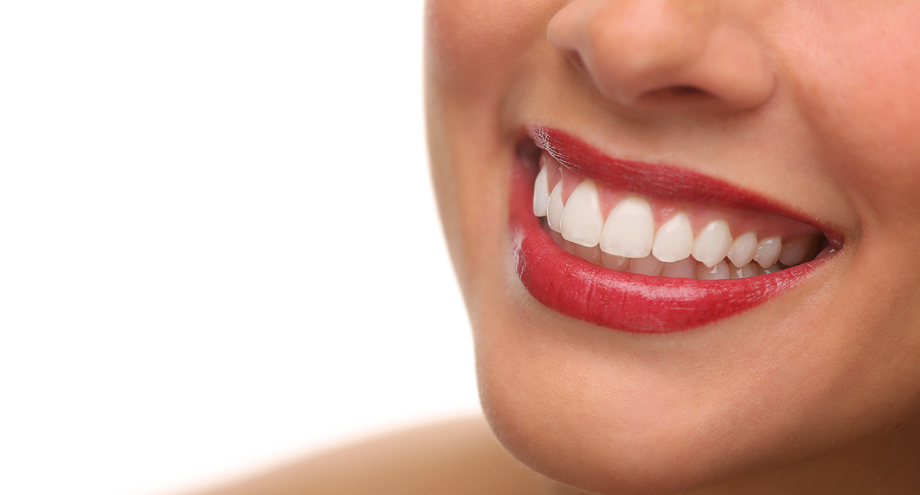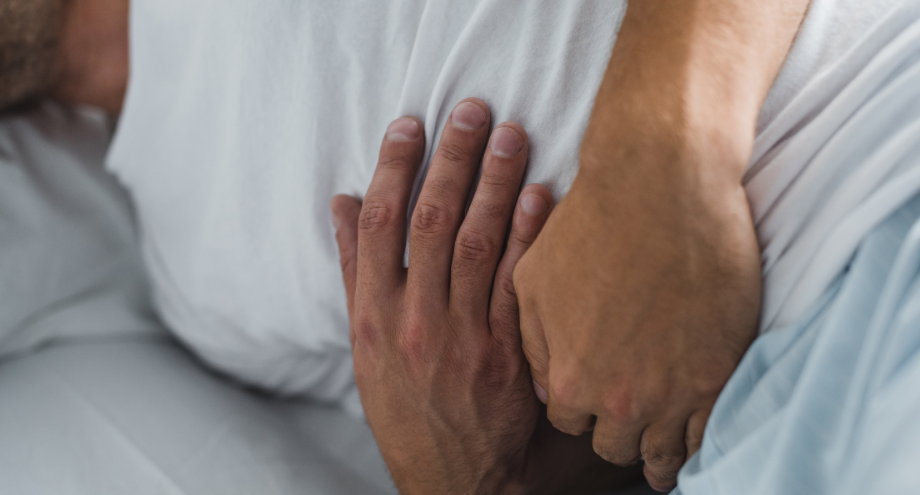The oral cavity is the gateway to the body for bacteria and viruses responsible for different diseases, both oral and systemic, which can influence the general well-being of people.
Therefore, using all the tools at our disposal to maintain proper oral hygiene is essential to minimise the survival of these organisms and their possible spread. One such tool is the toothbrush.
Although there are known preventive guidelines to avoid infections from these toothbrushes (e.g. changing them every three to four months), no research has been done on a disinfection method that eliminates, or significantly reduces, this infectious capacity.
Study sample: 160 subjects, four types of disinfectant
In search of such a method of reducing the risk of microbial transmission through brushing, the study, conducted in Nizamabad, India, subjected the samples of 160 subjects to different disinfectants to see which one was most effective in eliminating microorganisms.
Participants were divided into four groups based on the disinfectant with which their sample was disinfected:
- Group I: treated with 0.2% chlorhexidine gluconate.
- Group II: treated with a major oral hygiene brand.
- Group III: treated with another major oral hygiene brand.
- Group IV: treated with tap water.
All subjects were provided with a toothbrush and toothpaste, as well as specific instructions to follow in their oral hygiene. After one month, all toothbrushes were collected for subsequent microbial analysis of the samples.
Study procedure to reduce the infectious capacity of toothbrushes
The first step of the investigation after sample collection was to immerse the sows for one hour in test tubes containing 5 ml of saline solution, after which they were subjected to different cultures on agar (Müller-Hinton, MacConkey and Mitis Salivarius).
After the last culture, each brush was disinfected by immersing it in one of the four disinfectants chosen for the study for one hour, then placed in 5 millilitres of neutralising broth.
Following this, samples of the neutralising broth were cultured to evaluate the efficacy of each of the disinfectants.
The results of the study: Is there a perfect microbial disinfectant?
Before disinfection of the brush, and after one month of use, a considerable growth of aerobic bacteria was observed in the samples of all four groups.
| Group I | Group II | Group III | Group IV |
| 91,6 % | 75,84 % | 75 % | 81,67 % |
The percentage corresponds to the presence of bacteria before disinfection.
After immersing the toothbrushes in the disinfectant for one hour, there was a significant reduction in bacterial growth, after which there was a regrowth of aerobic bacteria in groups I, II and III.
| Group I | Group II | Group III | Group IV |
| 34,17 % | 30,84 % | 24,17 % | 74,17 % |
The percentage corresponds to the presence of bacteria immediately after disinfection.
The most frequently isolated organisms present in each group were:
- Group I: Micrococcus and Escherichia coli (25.83 % and 20 %, respectively).
- Group II: E. coli (17.5 %)
- Group III: Klebsiella (17.5 %)
- Group IV: Klebsiella (22.5 %)
Conclusions of the study
Contamination of toothbrushes is an inevitable consequence of the daily use to which they are subjected, so routines such as rinsing and drying seem to be a good, though not infallible, method to reduce the microbes present.
Based on the results of the study, we can conclude that the most effective agents for this reduction were the two oral hygiene brands, with a bacterial presence of 24.17 % and 30.38 % each, followed by 0.2 % chlorhexidine gluconate (34.17 %). Tap water was ineffective (bacterial presence 74.17%).
This conclusion is supported by previous studies, such as Joy et al., Mehta et al. or Caudry et al. who also investigated this microbial contamination and tested various disinfectants against it, concluding that, despite significantly reducing bacterial growth, aerobic bacteria were still present after disinfection.




